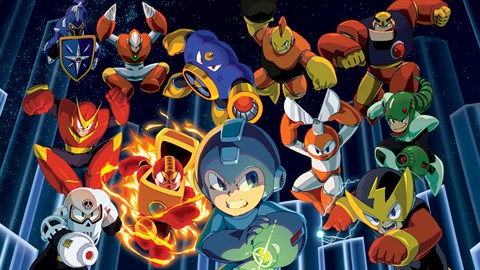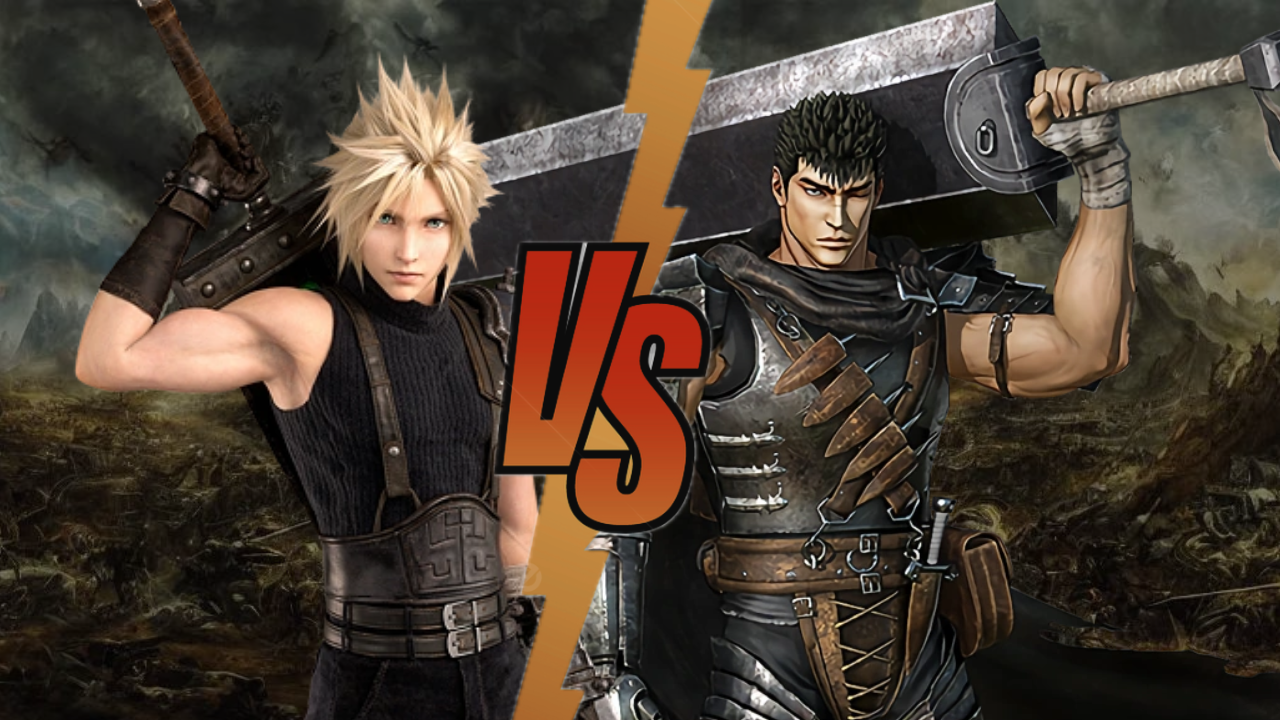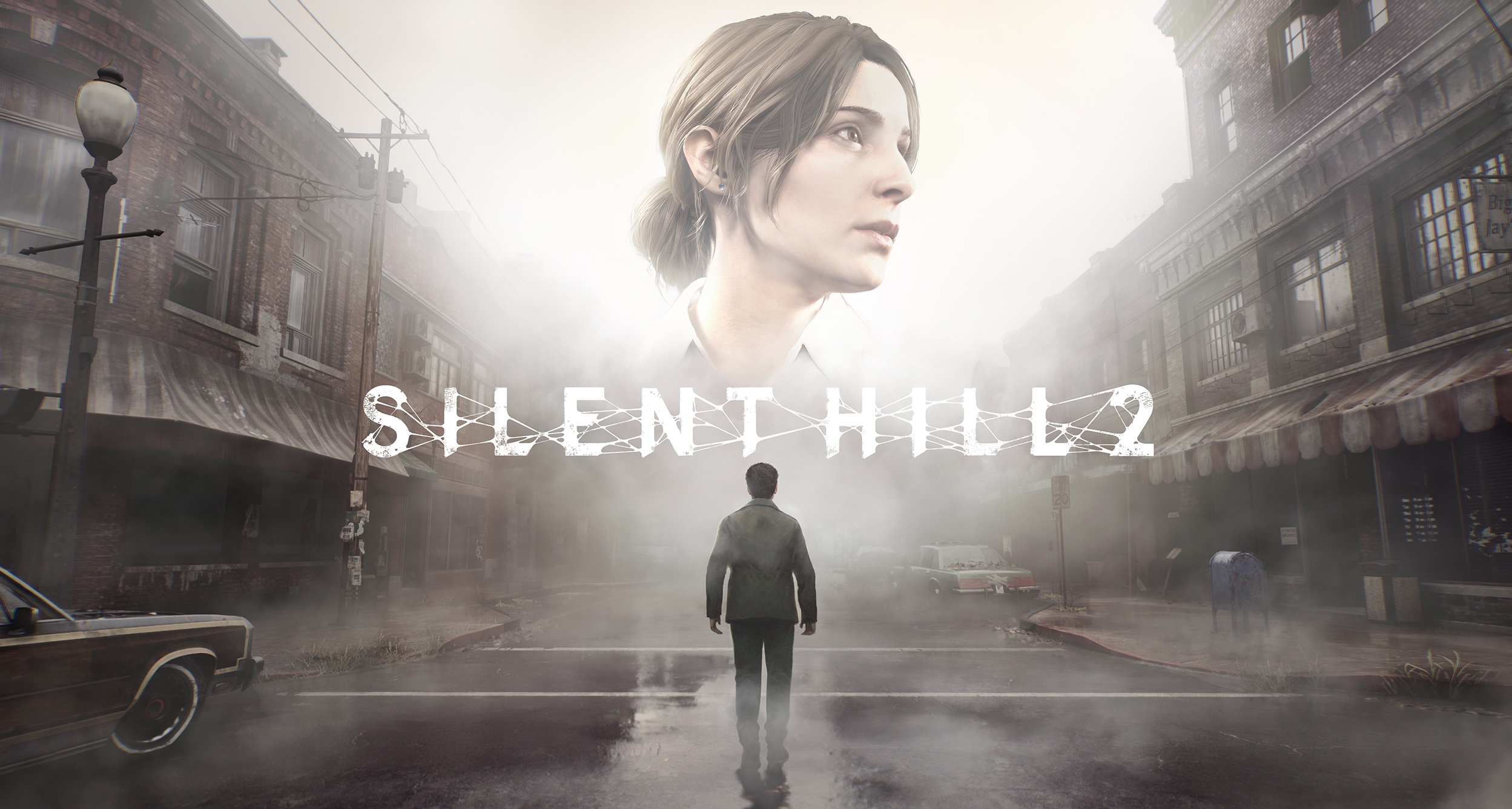Few franchises in gaming history are as synonymous with the 8-bit era as Mega Man. Capcom’s Blue Bomber made his debut on the Nintendo Entertainment System (NES) in 1987, and across six titles, he helped redefine action-platformers. These games combined tight controls, creative level design, and an innovative weapon system, cementing Mega Man as a gaming icon. Let’s jump into a breakdown of the Mega Man NES series and why they remain classics to this day.
Mega Man (1987)
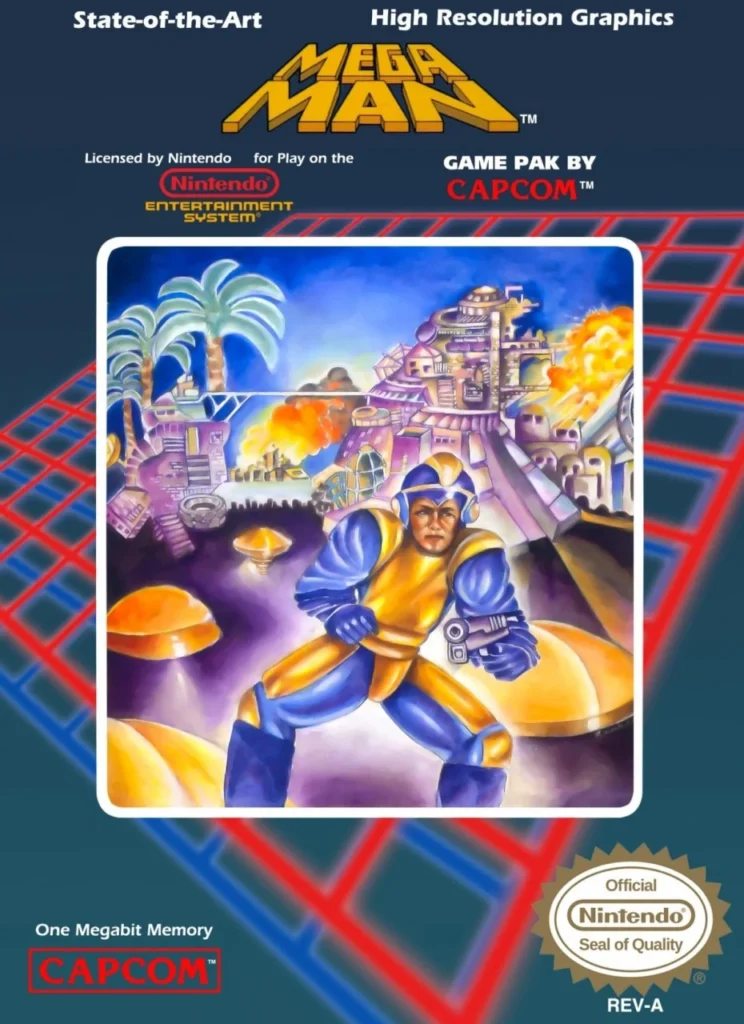
The game that started it all! While Mega Man introduced many of the elements that would define the series—such as Robot Masters, non-linear stage selection, and the ability to steal bosses’ weapons—it lacked the polish of its successors.
The gameplay was challenging, bordering on unforgiving, but this made victory all the sweeter. The six Robot Masters (Bomb Man, Guts Man, Ice Man, Cut Man, Elec Man, and Fire Man) offered distinct powers, and defeating them in the right order could make the game’s tough stages a bit more manageable.
Critics today still praise the foundation Mega Man laid, though the awkward scoring system and lack of a password feature make it feel dated compared to later entries.
Mega Man 2 (1988)
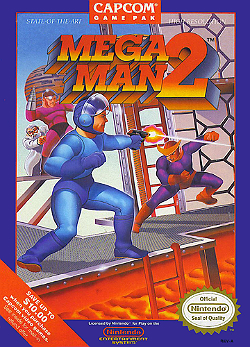
If Mega Man was the blueprint, Mega Man 2 was the masterpiece. Often considered one of the greatest NES games of all time, Mega Man 2 improved upon its predecessor in every way.
Featuring eight Robot Masters instead of six, Mega Man 2 expanded the formula with more detailed stages, a more balanced difficulty curve, and an unforgettable soundtrack. Tracks like “Dr. Wily’s Castle” are still celebrated by fans and remixed by musicians today.
With additions like the Energy Tanks and the iconic Metal Blade weapon (arguably the most overpowered weapon in the series), Mega Man 2 catapulted the Blue Bomber into stardom.
Mega Man 3 (1990)
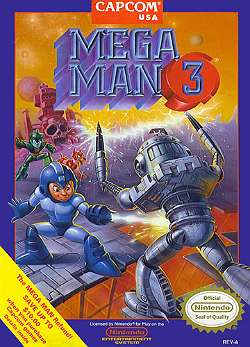
Mega Man 3 is where the series began experimenting with new mechanics. Introduced in this installment were the slide move, which added an extra layer of agility, and the debut of Proto Man, Mega Man’s mysterious rival.
The game also brought back Robot Masters from Mega Man 2, expanding its already hefty runtime. Many fans consider Mega Man 3 to be as good as, if not better than, Mega Man 2, thanks to its refined gameplay and more intricate stage designs.
However, some argue the rushed development left a few areas feeling incomplete. That said, Mega Man 3 stands as a classic and remains a must-play.
Mega Man 4 (1991)
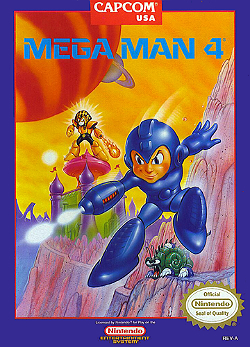
By the time Mega Man 4 rolled around, fans wondered how Capcom could innovate further. Enter the Mega Buster. This charged shot added a new layer to combat, allowing players to blast through enemies with increased power.
Dr. Cossack took the spotlight as the game’s villain—though seasoned players weren’t fooled by the twist that Dr. Wily was still behind everything. While some fans felt the series was starting to lose its edge, Mega Man 4 introduced new mechanics and level gimmicks that kept it fresh.
Mega Man 5 (1992)

The fifth entry in the series continued the trend of iterative improvements but struggled to escape the shadow of its predecessors. Featuring a plot where Proto Man seemingly betrays Mega Man, the game aimed to keep the narrative engaging, though the twist was fairly predictable.
Stage designs leaned heavily on gimmicks—like gravity flipping in Gravity Man’s stage and water streams in Wave Man’s level—which offered variety but weren’t always as memorable. That said, the Mega Buster was further refined, making combat more dynamic.
Mega Man 6 (1993)
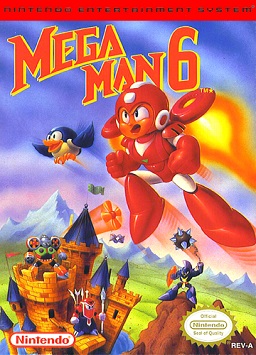
The final Mega Man game on the NES arrived after the Super Nintendo was already on the scene, making it a bit of a swan song for 8-bit gaming. Mega Man 6 introduced branching paths in its stages and the Rush Adapter, which let Mega Man combine with his canine companion for flight and power upgrades.
While the Robot Masters—like Plant Man and Wind Man—didn’t stand out as much as those from earlier games, the gameplay remained tight and polished. Mega Man 6 didn’t reinvent the wheel, but it wrapped up the NES saga with style.

Each Mega Man NES game brought something unique to the table, and together, they laid the groundwork for action-platformers for decades to come. The non-linear stage selection, coupled with the innovative weapon-stealing mechanic, encouraged experimentation and replayability.
Even today, these games remain benchmarks for tight controls and clever design. The pixel art is timeless, the music unforgettable, and the challenge rewarding for players willing to test their skills.
For retro gaming fans, the Mega Man NES series represents a golden era of creativity and execution. Whether you’re revisiting these classics or diving in for the first time, they prove that the Blue Bomber’s legacy is as strong as ever.

